1. Pick out the right bait. This is crucial. Bass like noise, so try spinnerbaits and crankbaits with a good rattle. Also Bass love worms, so try worms that have salt in them. These work the best. Plastic frogs and lizards work also. Most importantly, figure out what the bass are eating where you are fishing. For example, are there a lot of shad where you fish, crawfish etc. Once you figure out what the bass are naturally feeding on, it's a matter of finding the right colors, depth and retrieve for that natural look that will trigger the bass bite.
2. Pick out the right rod. Go to the local outdoor shop or sportsfishingpro.com. There are lots of different styles of fishing and different equipment for different situations.
3. Cast into an area with a little grass and many rocks. Sunken trees or logs work well, too - bass like to hang near any structure, drop offs sediment lines etc. Have the bait hit the rocks. Largemouth bass prefer shallower, quieter water with lots of cover. With Largemouth Bass work the banks of a pond or lake Smallmouth bass prefer more open water, frequently with a current.
4. If using a soft plastic such as a lizard or a worm, reel in slowly and tug at it every once in a while. Fish like for their worms to be moving, particularly erratically so.
5. When you have a bite, wait a second or two to make sure the fish has your lure in it's mouth, then jerk up lightly to set the hook in the fish's mouth. Once you think you have caught a fish, reel it in.
6. Catch and release is strongly recommended. Bass are the most popular game fish in the U.S. Many bass fisheries contain only native fish and in some cases are over fished. Releasing your catch ensures the future of the bass population and that means more fish to catch in the future.
7. If you do decide to keep it for dinner, the best method is to keep the fish in a live well or on a stringer until you are ready to kill it. If that is not an option, kill the fish quickly (blunt object to the back of the head), incise the abdomen and remove the intestines (be sure to remove the kidneys that are up against the spine)then put it directly on ice. If you don't have a cooler available, a "stringer" or bucket of water will keep it somewhat cool. If you don't intend to eat the fish, return it to the water by gently holding it in the water - ensure the gills can open and close and allow water to pass through.
8. If the bass you catch has black skin, release it immediately. The meat is very greasy and some say it tastes like menthols. (Note: A bass with "black skin" merely means it has been in the shallows in the sun and has darkened through sun exposure. Much the same as a human getting a suntan.
9. You might want a topwater bait if you want to catch a big bass things you need for this, is a bug resembling topwater bait I would recommend the Rebel bumble-bee easy to find in Walmart.
Tips
- Don't get discouraged if you don't catch fish the first time. You have to know the lake. Consider getting a map for the specific lake.
- Natural color baits work best -- greens, browns, watermelon red.
- Check to see if you need a fishing license, fees from these licenses help ensure safe and sustainable fishing opportunities!
- Pitch your bait into or near visible brush and underwater debris. Bass hang out near and under structure to wait for an ambush opportunity to feed. The more confident you become, you can even start skipping your bait off this structure to solicit a reaction strikefrom a nearby bass. That's right, bass will strike lures when they are hungry AND when they are, for lack of a better word, annoyed!
- Just like anything else, bass fishing takes practice. The more you fish and learn the more luck you'll have on the water.
- Use a medium sized hook and use minnows for bait.
- Don't ignore the creature baits and artificial worms -- many experienced bass anglers will confirm this suggestion: without fail, the largest bass ever caught have been snagged using these simple baits and techniques with a spinning reel/rod combo.
- Scents and weights may increase your chance of catching a fish. Try a wide variety to see which one is right for the area you are fishing in.
- Don't depend solely on artificial lures -- a nice night crawler may also produce spectacular results.
- Cast your line and bait parallel to the shore or treeline or brushline you are working and draw the bait back toward you in this fashion. This will give your lure/bait a longer time in the strike zone and will, in time, increase your strike percentages because you're extending your bait's exposure to bass for a longer period of time. Like many other sports, the savvy angler will work the percentages.
- Banjo or bionic minnows will increase a beginners chance of catching a bass. That specific bait is so life like and easy to use.
- Nightcrawlers are perfect for bass, cast it without a floater and sinker and yu have a good chance to get a Largemouth.
Warnings
- Think twice about eating a bass you may catch. Reservoir and retention ponds can produce some large bass, however, retention ponds collect runoff wastes and toxins from groundwater. Eating these fish may be hazardous to your health. Conversely, bass caught from larger lakes and rivers are your best bet for fish not as likely to be toxic with metals such as mercury and other contaminants. This is due, in large measure, to the fact that lake water is replenished to varying degrees by feeder-rivers and underground springs.
- Be sure you have a license to fish.

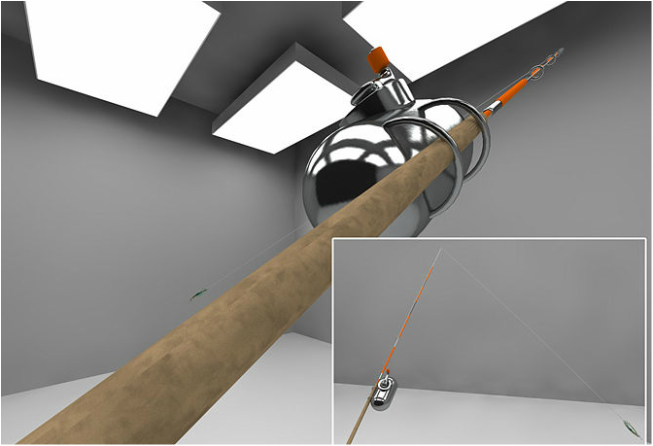
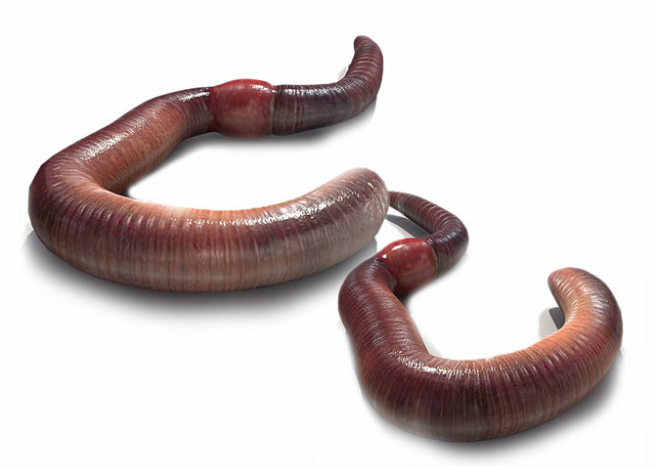

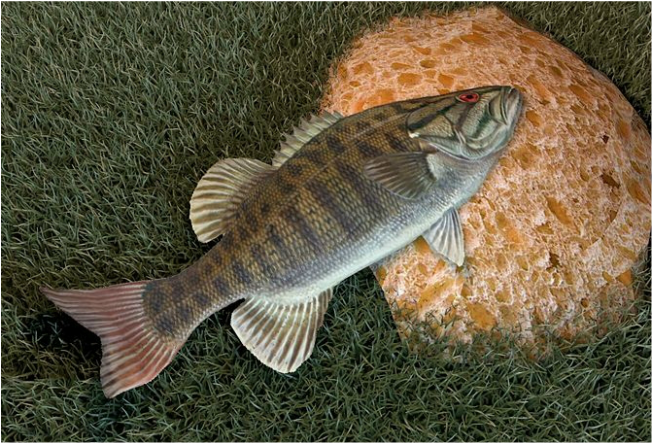
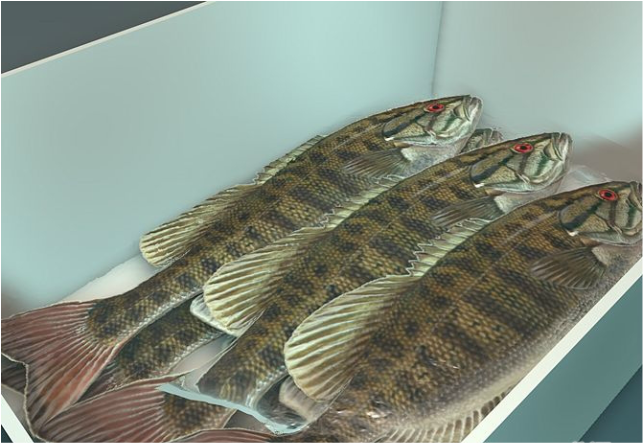
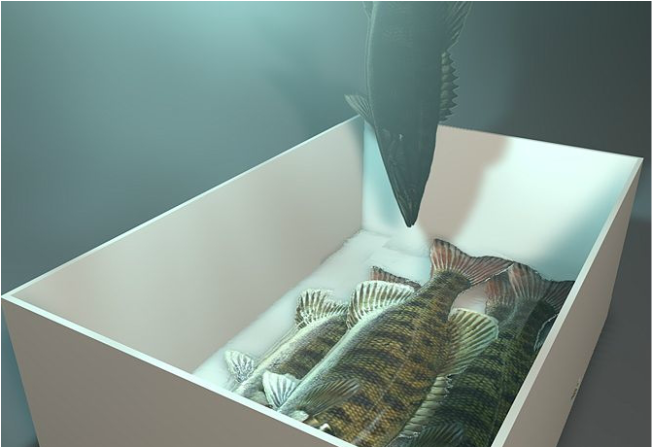
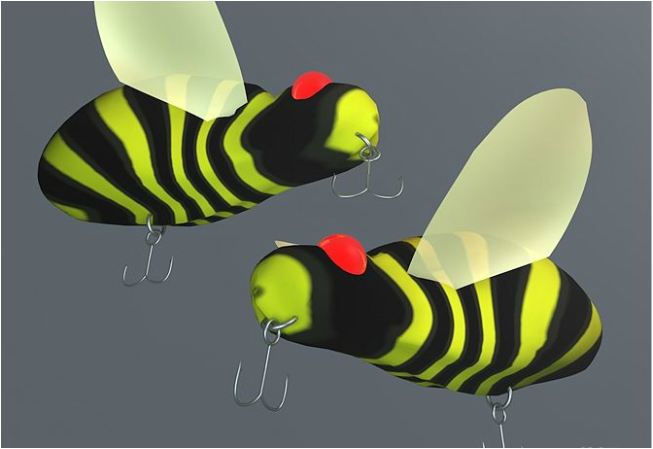
 RSS Feed
RSS Feed
